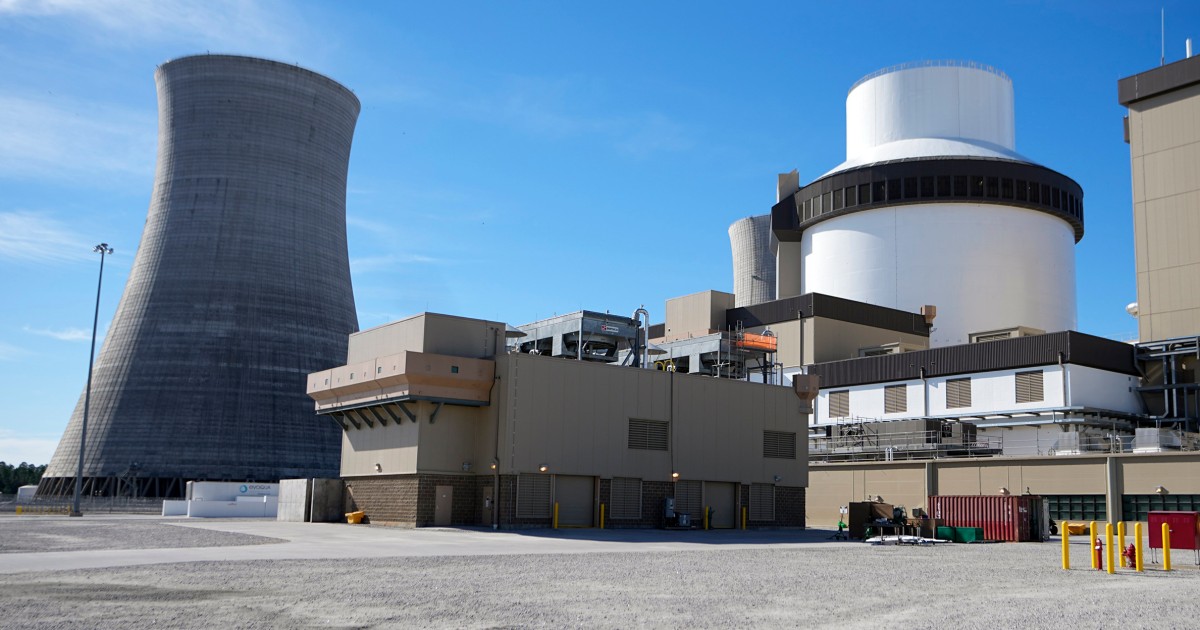First U.S. nuclear reactor built from scratch in decades enters commercial operation in Georgia::ATLANTA — A new reactor at a nuclear power plant in Georgia has entered commercial operation, becoming the first new American reactor built from scratch in decades.



The issue is that right now renewables energy don’t reduce CO2 emissions by much. (Except for hydro)
Sure if we look at the energy produced it’s very clean. The issue is intermittence. As a society we decided to continue using electrical equipment even when the sun is not shining and the wind is not blowing. So we use fossil fuel to compensate and overall the electricity production still enjoy a lot of CO2. We could use batteries, but utility scale battery are not very developed yet.
Same issue with the price. Sure solar energy is very cheap, when it’s sunny. But what if I want to turn on the light at night ? The solar panel are not producing, the wind is not blowing, price is irrelevant if I can’t get power when I need it.
Nuclear can produce a reliable amount of energy all the time.
I hope we will see the development of utility scale energy storage because this is what we really need for the development of renewable energy.
We don’t necessarily have to use batteries. In mountainous regions we already have stations that use surplus power to pump water up a mountain and then drop it down to generate energy when needed. Its basically a potential energy battery. But this is usually location limited and more expensive to set up.
Yes, Pump Storage Hydroelectricity is a great option for storage. It’s not the most efficient but it allows to store massive amount of energy.
I think today it’s the main utility scale storage solution in the world.
There’s also compressed air and flywheels for energy storage.
You’re describing dams, and basically all the good locations are taken already.
No, he’s describing a pumped storage facility.
Tbf that would be two dams and they did use the plural of dams, technically ‘dams’ could be a pumped storage facility.
To be even fairer, his central point that “all the good locations are taken already” only applies specifically to the regular type of dams that don’t use pumped storage. For traditional hydroelectricity you need an easily-dammed-off hilly basin containing a large/high hydraulic head river, but for pumped-storage you just need the hilly basin.
To be even fairerer, the body of water that gets pumped doesn’t need to be dammed; if you have a steady enough river, you can suck the water right out of the side of it. Also, the basin isn’t a prerequisite, you could build holding tanks at the top of a hill.
Hell, you could enclose the whole thing to control evaporation and use the same water over and over, no natural body of water necessary. Better yet, use a denser fluid to achieve the same result in a smaller space. You could probably fit the whole thing in a single building.
And a lot of that can simply be solved with a larger grid.
Yes, in a small geographic area, you might run into a situation where the sun isn’t shining and the wind isn’t blowing. On the other hand, on a global scale, the sun is always shining and the wind is always blowing.
A realistic solution right now are therefore continent-wide grids that combine hydro, solar, wind and pumped hydro storage.